Pretty much every informative sign in Death Valley mentions how "this rock formation," or "that canyon," is a wonderful example of our geologic past. Meaning that because you can see the stratification so well, you can really see what has happened to the Earth (or at least in CA) recently. And when I say recently, I mean these last few hundred million years or so. Death Valley's oldest rocks are around 1.7 billion years old. Those rocks, though, don't tell much of a story since they have been altered so much over time. But the rocks from 500 million years ago do tell us something, most notable, that this was a warm, shallow sea. And the reason those rocks still tell us something is because they were only recently thrust to the surface.
And the scene of it all is just beautiful.

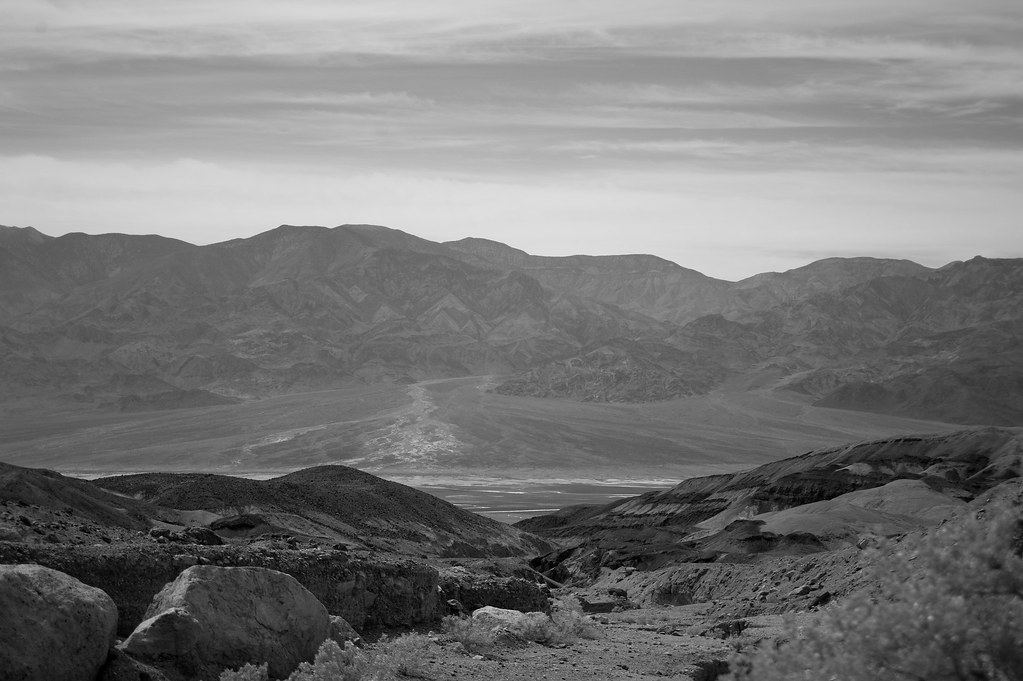
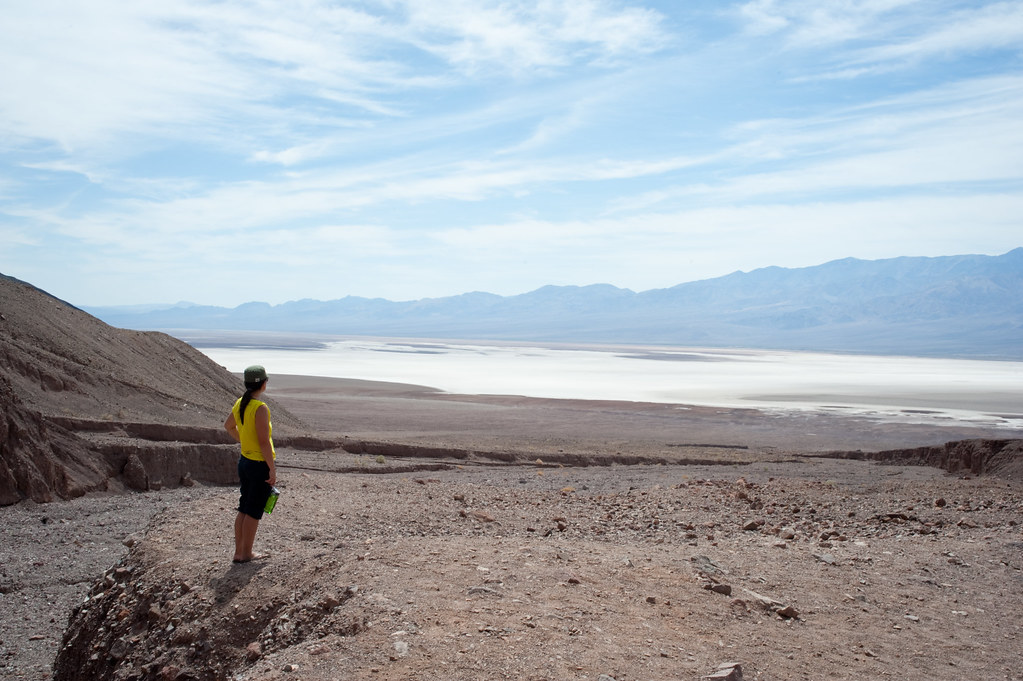
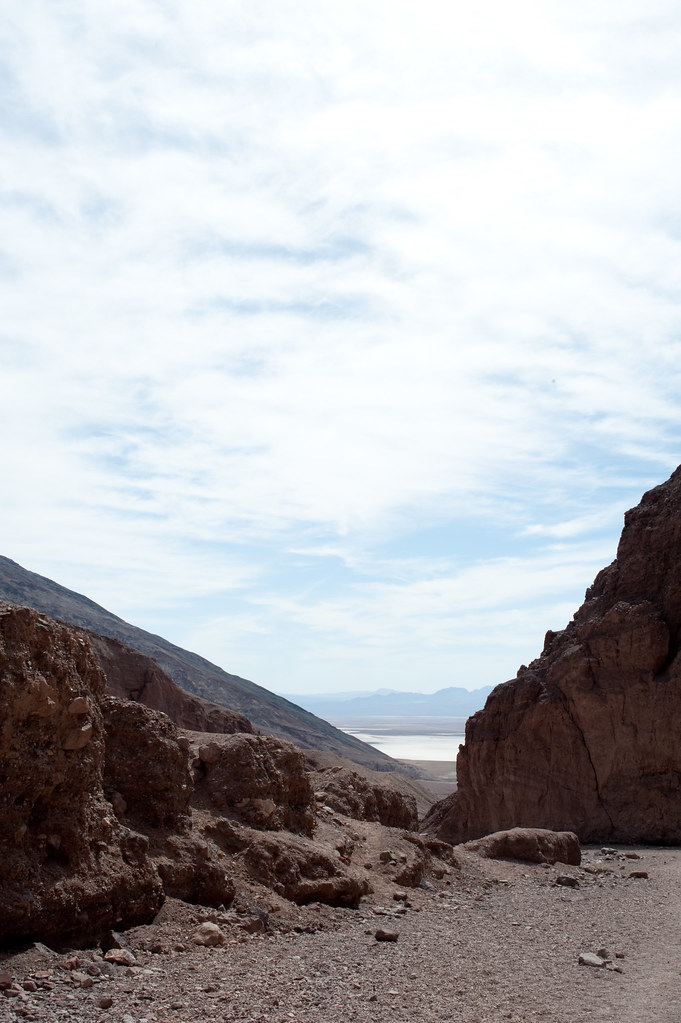
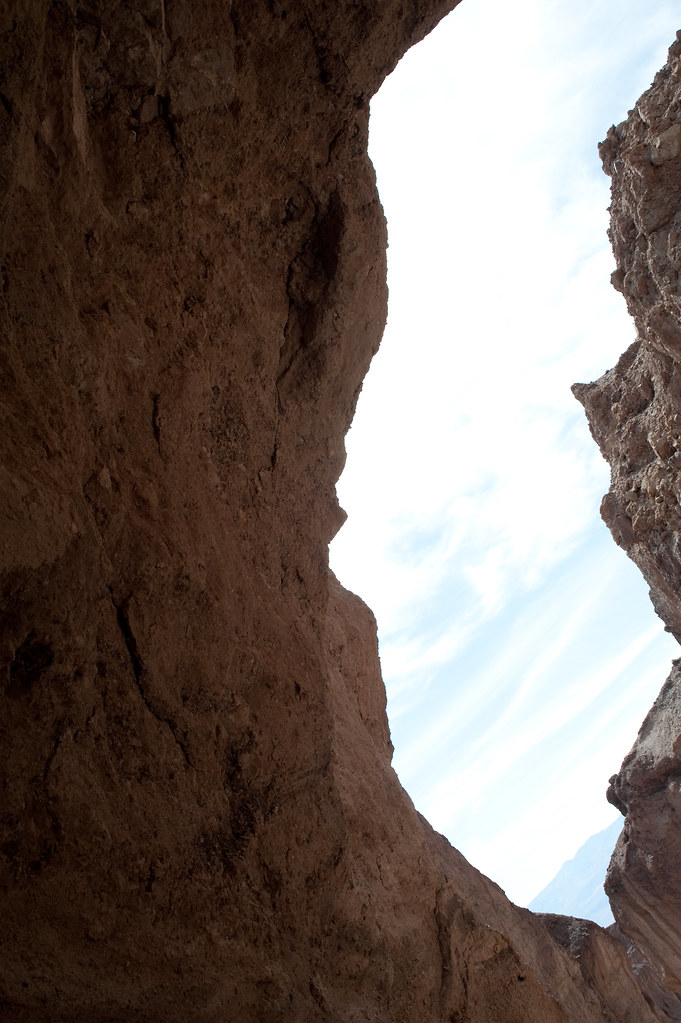
Waterless waterfalls

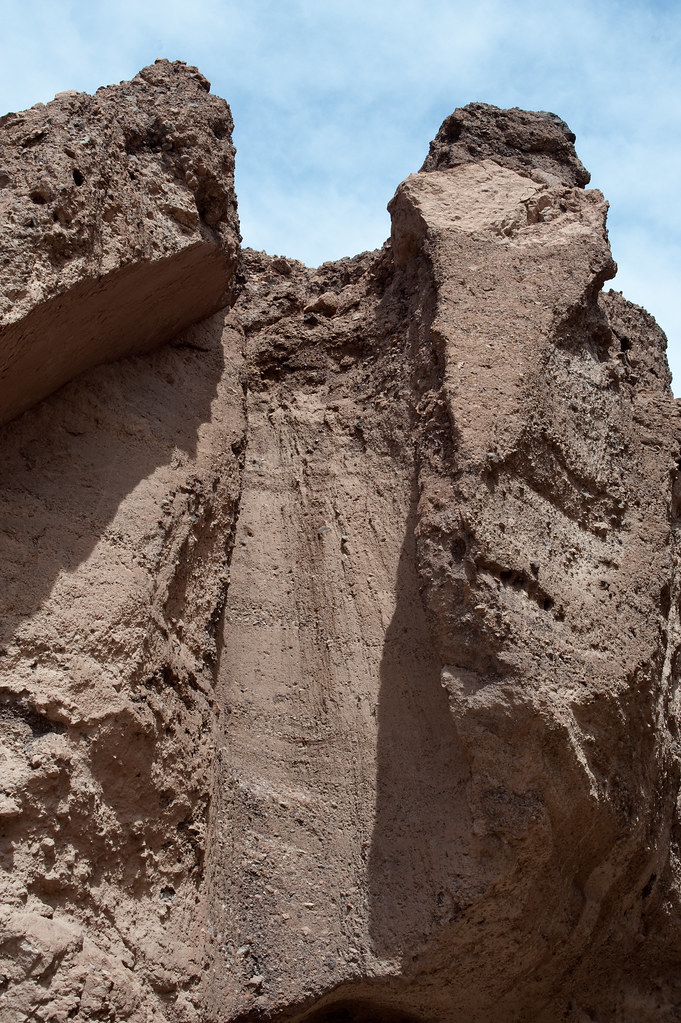
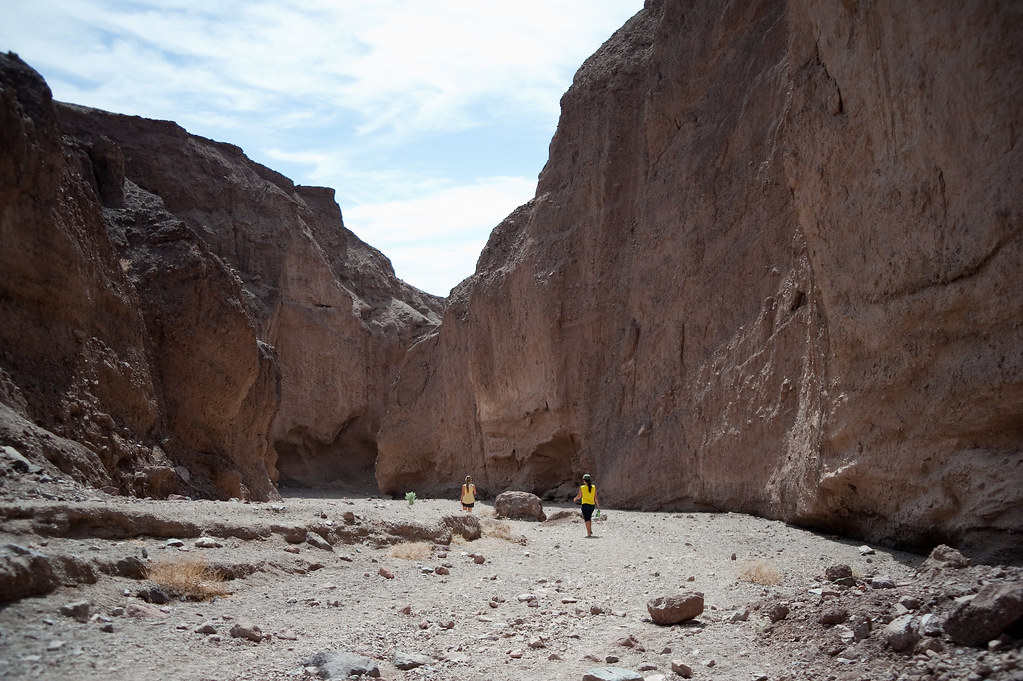
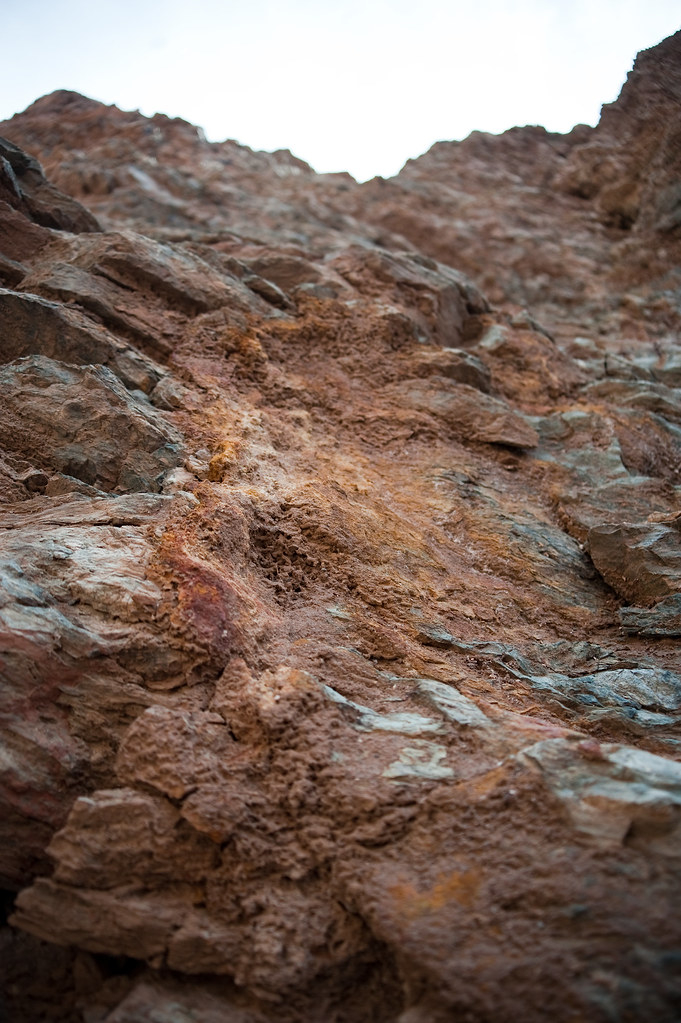
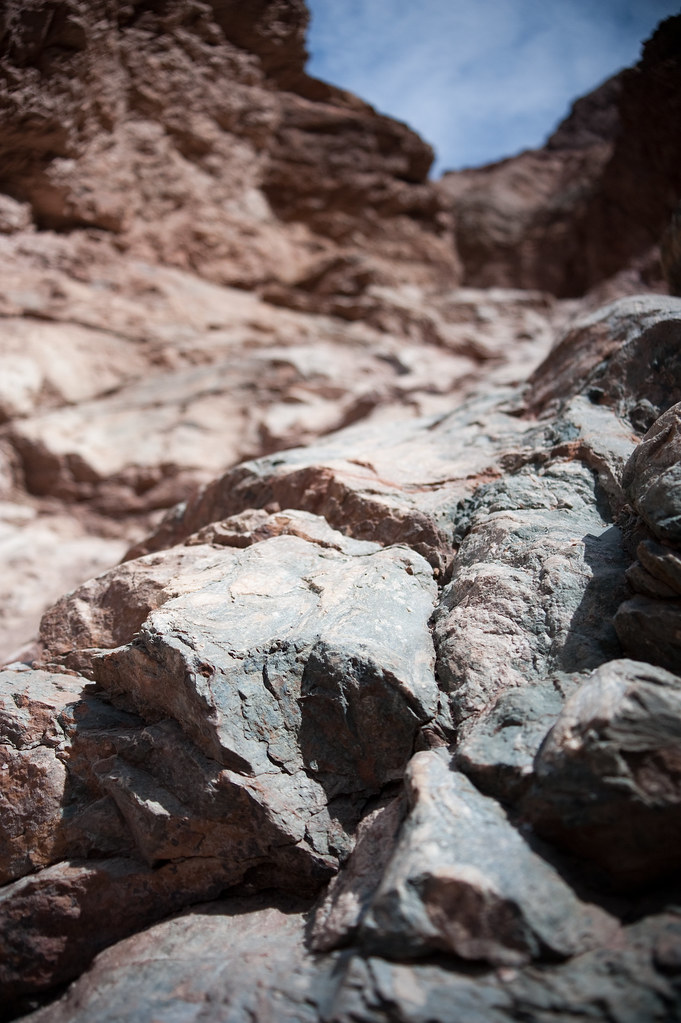
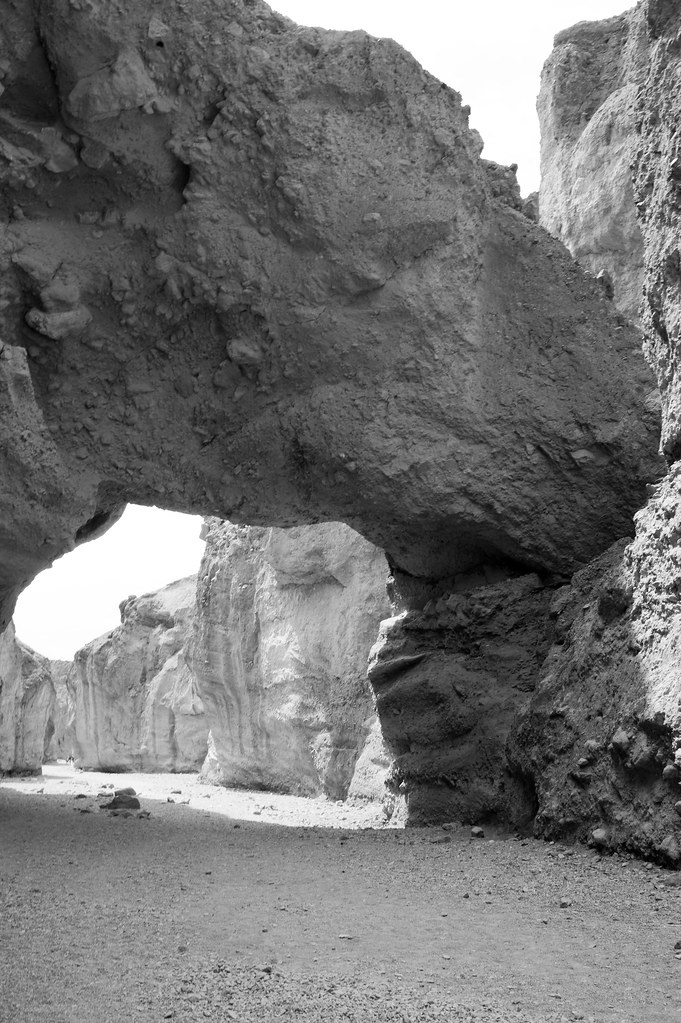
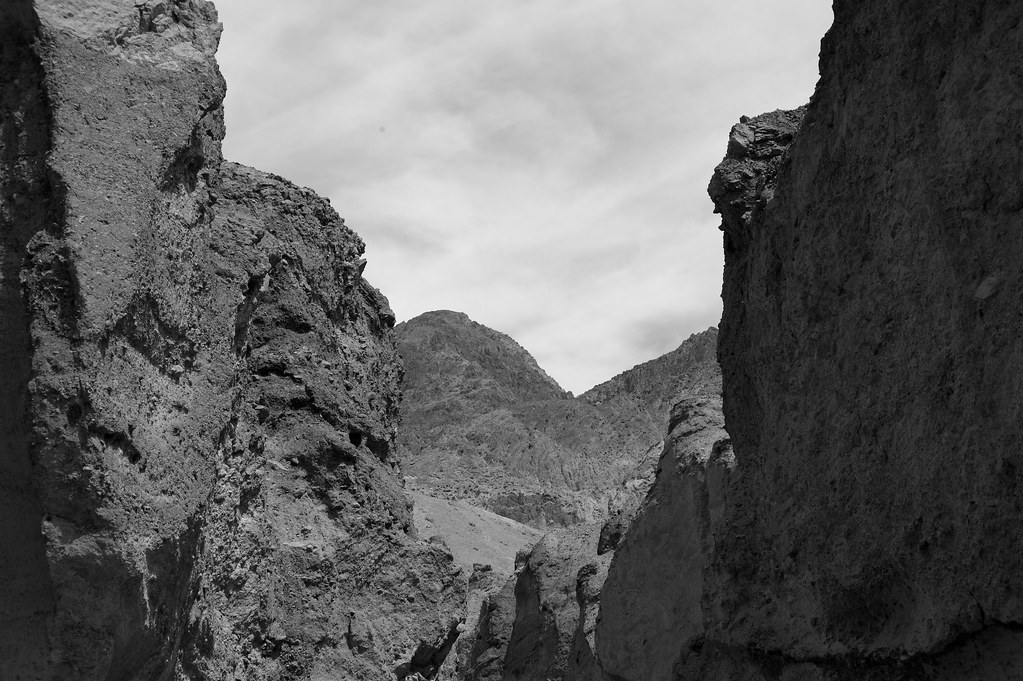
But the geologic features of Death Valley are not stagnant. Flash floods cause erosion and "waterfalls" throughout the area, changing and redistributing sediment. During our visit (more on this later) we experienced a sandstorm that must have moved hundreds (thousands?) of pounds of sand across the park. So while you are looking at sea creatures and camel footprints from times past, you are also watching those times get redistributed and moved right now while your own footprints are preserved for future geologists to discover and ponder.G.K. Gilbert, a geologist who worked in the area in the 1870s, noted that the rock formations were "beautifully delineated on the slopes of the distant mountains, revealing at a glance relations that in a fertile country would appear only as the results of extended and laborious investigation."
And the scene of it all is just beautiful.





Waterless waterfalls







No comments:
Post a Comment